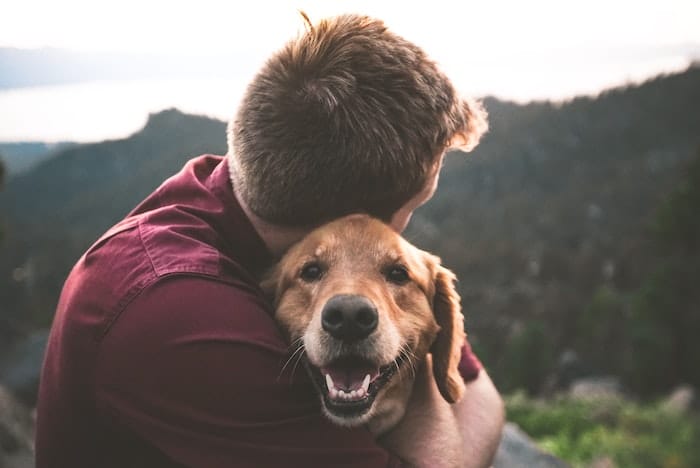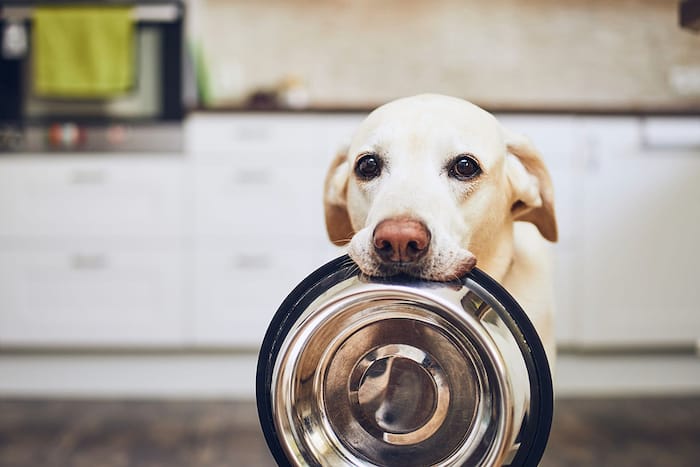Fostering a rescue dog is a wonderful experience for both you and the animal. It’s an opportunity to provide a loving home and help out a dog in need. Foster dog owners are unsung heroes to dogs around the world, as many rescues would have no chance of being adopted without their experience in a foster home.
If you are interested in becoming a foster dog owner, then you join the ranks of animal lovers who are selflessly showing these dogs some love for the first time. Whether you’re bringing home a small dog like a Bichon, a giant breed like a Great Dane, or a cuddly Frenchie, the feeling of giving a dog a second chance at life is incredibly fulfilling.
However, before you bring home your new foster dog, it’s important to remember that you have a big responsibility to both the dog and any potential future owner. We’ve got some tips on how you can give your foster dog the best experience possible.

How to Prepare Your Home to Foster a Rescue Dog
Get the Right Supplies
Make sure you have all the necessary supplies such as food, water bowls, bedding, toys, treats, grooming items and a collar and leash. Don’t forget about things like flea prevention or other medicines if needed. Speak with the rescue centre or shelter about any special dietary needs or medications that may be required for your foster dog. While they’re with you, their welfare is your responsibility – it’s easier to have everything they need on hand already.
Create a Space for Your Foster Dog
Choose an area of your house where they can feel secure and comfortable. This could be in a quiet corner of the living room or even in their own bedroom if you have one available. Set up an area with their bed, toys, food/water bowls and any other necessary items (such as potty training pads if you don’t have your own outdoor space).
Make sure the space is big enough for them to move around and have access to all the amenities they need. You may also want to set up some sort of gate or divider so that they have their own area that’s separate from the rest of the house until they get used to their new environment.

Make Sure Your Home Is Dog-Proof
Before welcoming your foster into your home, make sure it’s safe for them by doing a thorough inspection of the entire house (including outdoor areas). Look for potential hazards – these can include toxic cleaning products, houseplants and electrical wiring. Make sure all doors and windows are secure so that your pup can’t escape easily. It’s also important to block off any stairs or rooms that might pose risks for them, especially if these areas aren’t completely puppy-proofed yet.
Establish Proper Boundaries
Set clear rules about which areas are off limits and which rooms they are allowed in when visitors come over or strangers enter the house. This will help them understand what behavior is expected of them while they’re living in your home until they find their forever family.

Once You Have Your Foster Dog
Introduce Other Family Members Slowly and Carefully
If you already have other animals at home, then ensure that introductions are made slowly and calmly so that everyone feels relaxed during the process. The same goes for human family members, especially if the foster dog has a history of being scared of people.
If possible, let each pet explore each other’s scent before allowing physical contact between them – this will help them get used to each other gradually without feeling overwhelmed or scared by sudden changes in their environment or routines.
Provide Plenty of Exercise Opportunities
Make sure your foster dog gets enough walks throughout the day as well as plenty of playtime both indoors and outdoors. This will help keep their energy levels balanced and provide crucial mental stimulation. Physical and mental stimulation can aid with behavior issues such as separation anxiety or destructive chewing habits, which are common reasons why dogs may be given up by their owners.
Monitor Progress Closely
Keep an eye on how your pup responds to changes in their environment like new people coming into the house or being left alone for long periods. Report back your observations to the rescue centre or shelter if any problems arise so that they can be addressed quickly. They should be able to point you toward behaviorists, trainers or vets who can assess underlying problems if needed (especially if there has been previous trauma experienced by the dog).

Be Patient and Consistent
Finally, remember that fostering a rescue pet is not always easy – they may come with baggage from past experiences which can take time to work through together. Be patient with them as they adjust to their new environment and stick with consistent rules and routines so that they know what’s expected of them at all times. Many rescue dogs are just waiting for someone to give them love and attention, and they often turn out to be wonderful family pets.
By following these tips you can make sure that your foster dog gets everything they need while they’re with you. Becoming a foster dog parent can be an immensely rewarding experience, and being prepared can help ensure that it’s enjoyable for both you and the foster dog.
